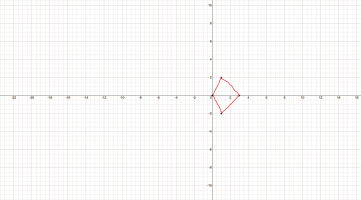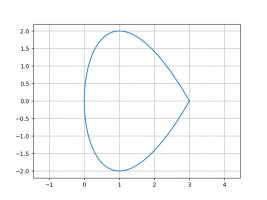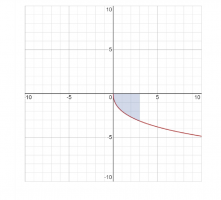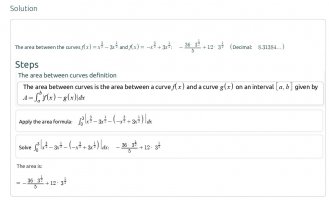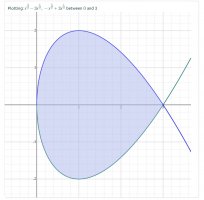emergency9177
New member
- Joined
- Dec 16, 2021
- Messages
- 19

_______________________________________________________________________________________________________________________________________________________
I've solved the two tangents at the self-intersection point:
I've solved the intersections with the:
x axis at points: P1 (0,0), P2 (3,0)
y axes at point: P3 (0,0)
And also the:
point where the tanget is vertical P6 (0,0)
points where the tangent is horizontal P4 (1,-2) and P5 (1,2)
Now I have to plot the curve and find the area of the region inside the loop formed by the curve.
Can someone help me please?
Thank you!

